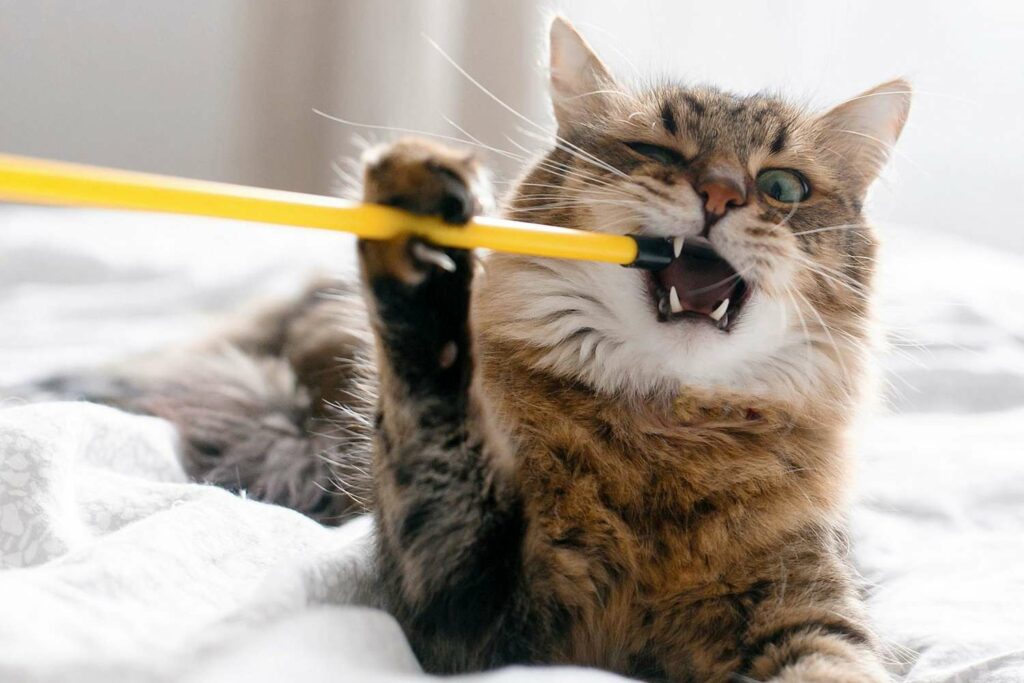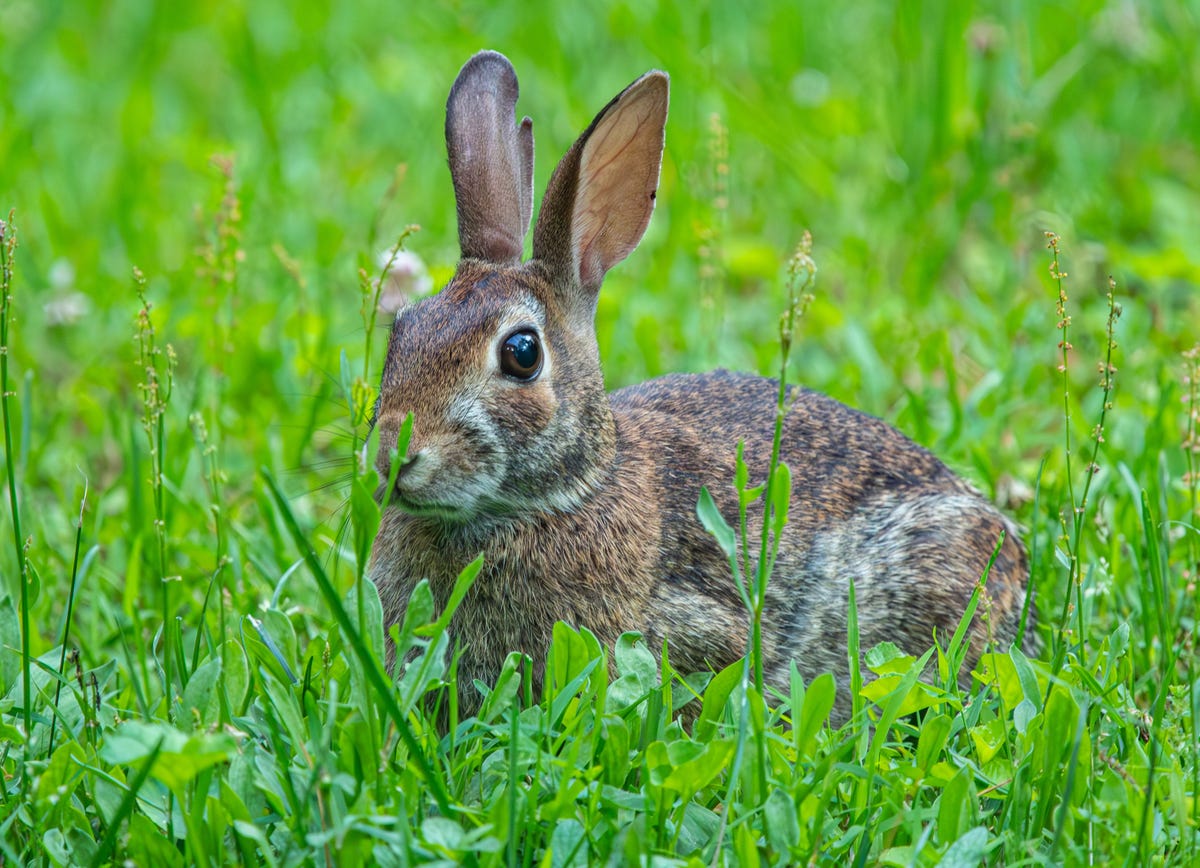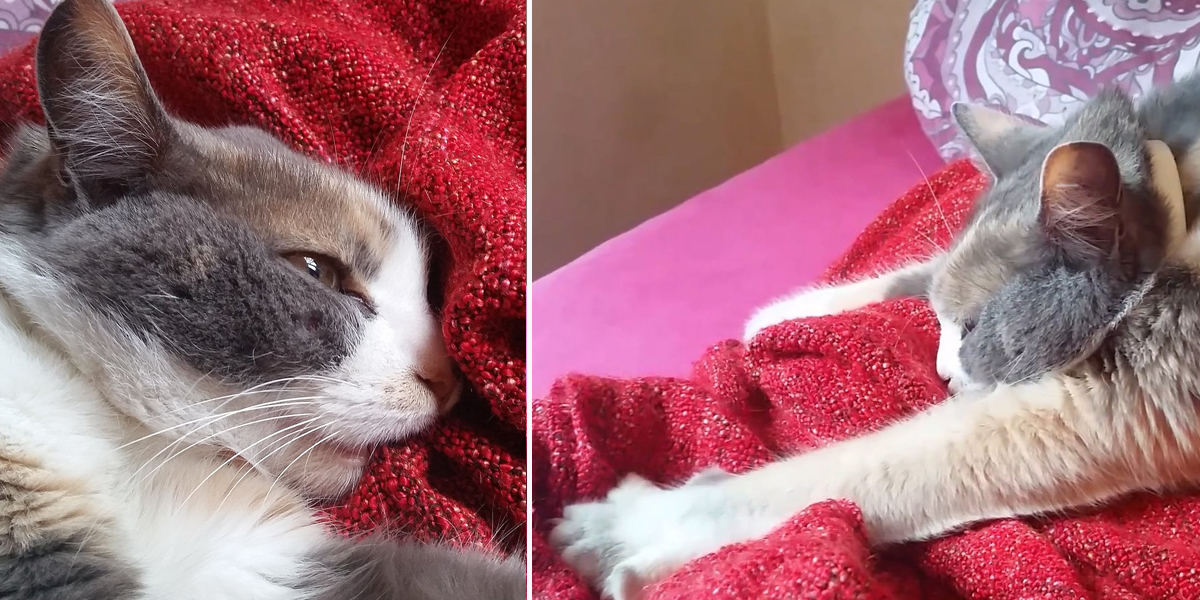Why does my cat chew on plastic?

Cats are curious creatures, and sometimes their curiosity can lead them to engage in behaviors that seem unusual or even concerning to their human companions. One such behavior that some cat owners may observe is their cat chewing on plastic objects. This behavior can be puzzling, but there are several reasons why cats might be drawn to plastic.
Investigative and Play Behavior
Chewing on plastic might be a form of investigative behavior for cats. Cats explore and interact with objects in their environment, including plastic, as a form of play or to satisfy their curiosity. Chewing on plastic items might be a way for cats to engage in investigative play, especially with new or intriguing objects.
Oral Fixation and Teething
For some cats, chewing on plastic may be attributed to an oral fixation or teething behavior. Young cats or kittens might chew on various items, including plastic, as a way to alleviate discomfort during teething. Chewing might offer relief from gum irritation or pain associated with teething.
This behavior is not uncommon in young cats and is generally considered normal. However, it’s important to provide young cats and kittens with appropriate chewing toys and objects to help satisfy their need to chew and prevent them from chewing on inappropriate or potentially dangerous items.
If your cat continues to chew on plastic or other non-food items after teething, it’s a good idea to consult with your veterinarian or an animal behaviorist for advice on how to address the behavior.
Pica Behavior
The behavior of chewing and consuming non-food items like plastic might be linked to a condition called pica. Pica is characterized by the ingestion of non-nutritive substances and might be related to nutritional deficiencies, anxiety, or medical conditions. Chewing on plastic might be a manifestation of this behavior in some cats.
Certain plastic items may contain substances that attract cats due to their texture, taste, or smell. For example, certain plastics may have odors or tastes that are appealing to cats, drawing their interest and prompting them to chew on these items.
These substances can be added to plastics during the manufacturing process to enhance their properties, such as making them more durable or resistant to heat or chemicals. However, some of these substances may also have properties that are attractive to cats, such as a pleasant smell or taste. As a result, cats may be drawn to these items and may chew on them in an attempt to explore and satisfy their curiosity.
Stress or Anxiety Relief
Cats might resort to chewing on plastic as a way to alleviate stress or anxiety. Cats are sensitive animals and can experience stress and anxiety just like humans. They may engage in abnormal behaviors, like chewing on plastic, to self-soothe when experiencing stress or anxiety. This behavior might be an attempt to alleviate tension or frustration.
When a cat is stressed or anxious, they may seek out objects that provide comfort or distraction. Chewing on plastic can provide a tactile sensation that is soothing to cats, similar to how a child might suck their thumb or twirl their hair when feeling anxious. Additionally, the act of chewing can release endorphins in the brain, which can help to reduce stress and promote feelings of calmness.
In some cases, cats may also chew on plastic as a form of displacement behavior. Displacement behaviors are behaviors that animals engage in when they are experiencing conflicting emotions or motivations. For example, a cat might feel anxious about a new environment or a change in routine, but also feel the need to explore and investigate their surroundings. Chewing on plastic can provide a way for the cat to release some of this pent-up energy and tension.
It’s important to note that chewing on plastic can be dangerous for cats, as it can lead to gastrointestinal blockages or other health issues. If you notice your cat chewing on plastic objects, it’s important to provide them with appropriate toys and objects to chew on. You can also try to identify and address the underlying cause of their stress or anxiety, such as changes in their environment or routine, and provide them with plenty of mental and physical stimulation to help keep them happy and healthy.










